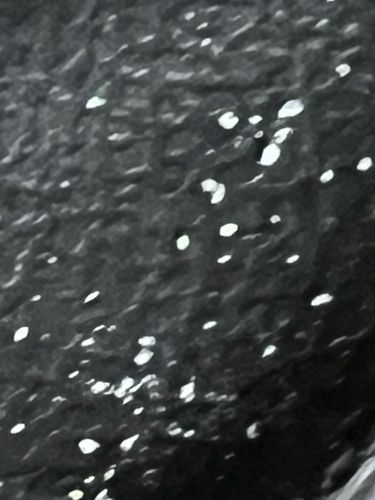Whitefly eggs
Scientific Name: Aleyrodidae (family)
Order & Family: Hemiptera, Aleyrodidae
Size: Approximately 0.25 mm to 1 mm in length.

Natural Habitat
Found on the underside of plant leaves, particularly in warm climates or greenhouses.
Diet & Feeding
Adult whiteflies and nymphs feed on plant sap by piercing the plant tissue with their stylets.
Behavior Patterns
Whitefly eggs are often laid in circular or semi-circular patterns on the underside of leaves. They are typically oval-shaped and initially pale, turning darker as they mature. The larvae (nymphs) hatch from these eggs and are sedentary, feeding on the plant sap.
Risks & Benefits
Whiteflies are significant agricultural pests. Risks include stunted plant growth, yellowing leaves, defoliation, and the transmission of plant viruses. They also excrete honeydew, which promotes the growth of black sooty mold, further harming the plant's photosynthetic ability. There are no known benefits to humans or the ecosystem, outside of being a food source for some natural predators.
Identified on: 10/30/2025